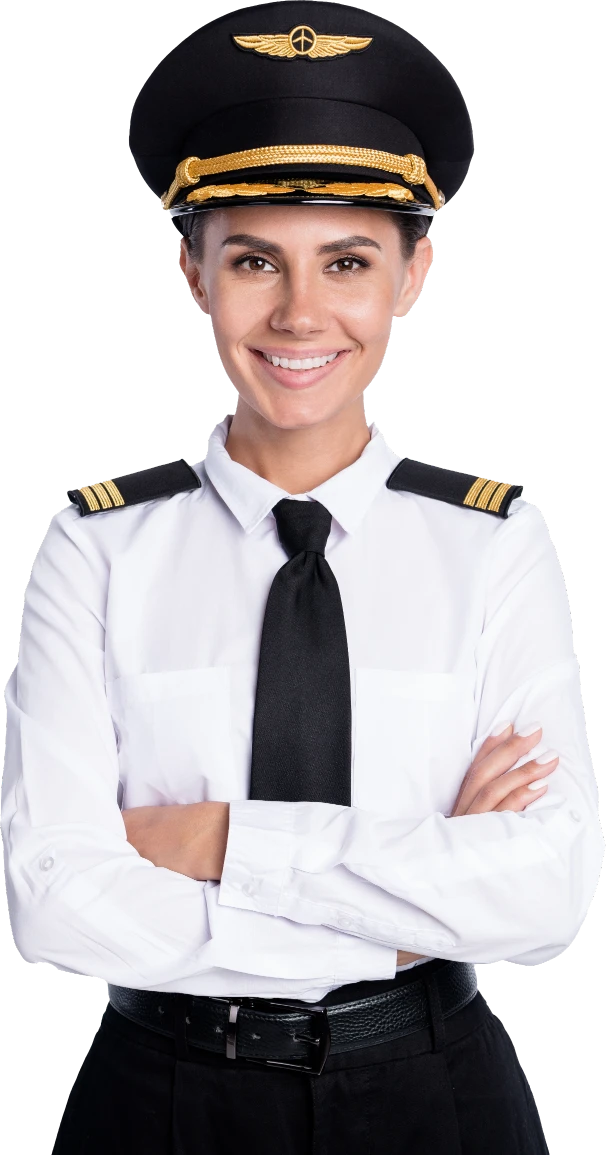Entry Criteria
Age: at least 18 years old
Reputation: No criminal record
EU citizenship: Unrestricted right to live and work in the EU
Knowledge of Physics and Math: These subjects form the basis of aviation studies, and knowledge of them will be tested during the entry assessment.
Physical status: Valid EASA 1st Class Medical Certificate
English language proficiency: At least level B2
Education: Secondary or higher
Other: Copies of relevant documents, e.g., passport, proof of a positive credit history, etc.
Application Process
Take the Pilot Runway to Launch Your Skyward Adventure!
Program Outline
